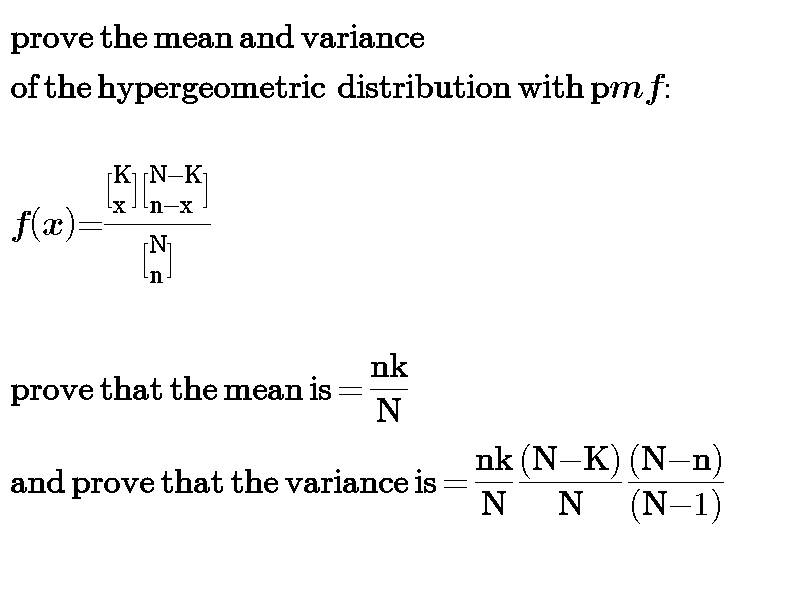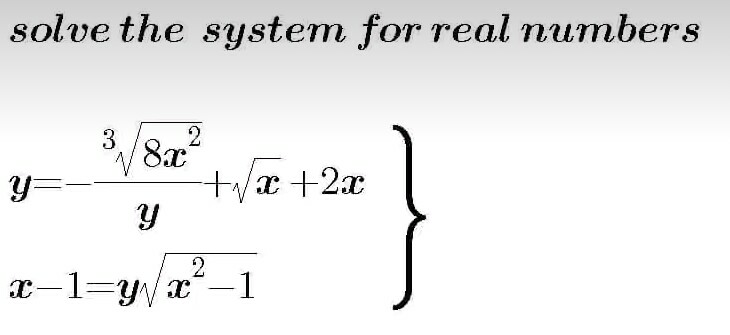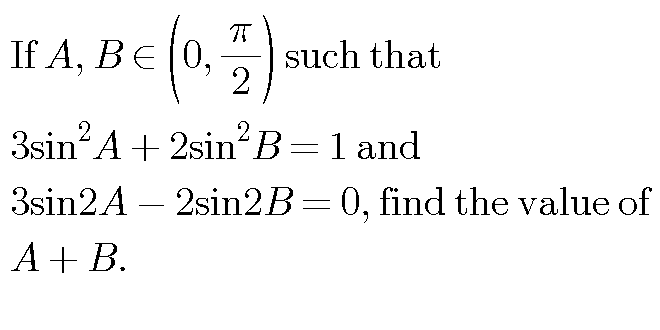
Question and Answers Forum
AllQuestion and Answers: Page 1886













Pg 1881 Pg 1882 Pg 1883 Pg 1884 Pg 1885 Pg 1886 Pg 1887 Pg 1888 Pg 1889 Pg 1890
|
Question and Answers Forum |
AllQuestion and Answers: Page 1886 |
| The number of possible pairs of successive prime numbers such that each of them is greater than 40 and their sum is atmost 100 is |
| Determine the fourth roots of − 16, giving the results in the form a + jb. |
| Determine the roots of the equation x^3 + 64 = 0 in the polar form a + jb, Where a and b are real. |
| What is the last 2 digits of 2^(613) |

|
| Solve for x ((6x + 2a + 3b + c )/(6x + 2a − 3b − c)) = ((2x + 6a + b + 3c)/(2x + 6a − b − 3c)) |

|
| An open box of area 486cm^2 .If the length is twice the breadth.Find the maximum volume of the box. hence,Show the volume is maximum. |

|

|

|

|
| If y^2 (1 + x^2 ) = 1 − x^2 Show that, ((dy/dx))^2 = ((1 − y^4 )/(1 − x^4 )) |
| ∫ (1/((x^3 − 1)^3 )) dx |

|

|
| (√(25)) |
| S=1−2+3−4+... ∴S=Σ_(n=1) ^∞ (−1)^(n+1) n S=lim_(s→0) (Σ_(n=1) ^∞ (−1)^(n+1) n^(1−s) ) Prove S=(1/4) |
| x^y +y^x =3.....(1) x+y=3.....(2) solve the equation |

|

|
| Solve: y′ = (y − x)^2 |
| Find the number of solution(s) of x^2 + x + sin x = 0, x ∈ [0, π] |

|

|

|
Pg 1881 Pg 1882 Pg 1883 Pg 1884 Pg 1885 Pg 1886 Pg 1887 Pg 1888 Pg 1889 Pg 1890 |